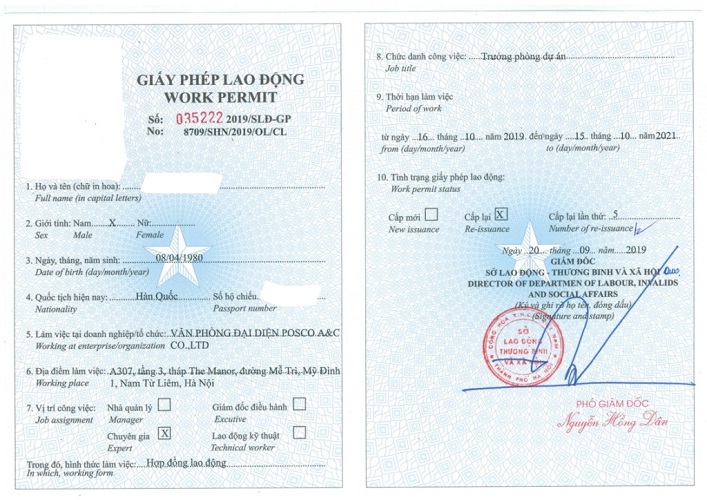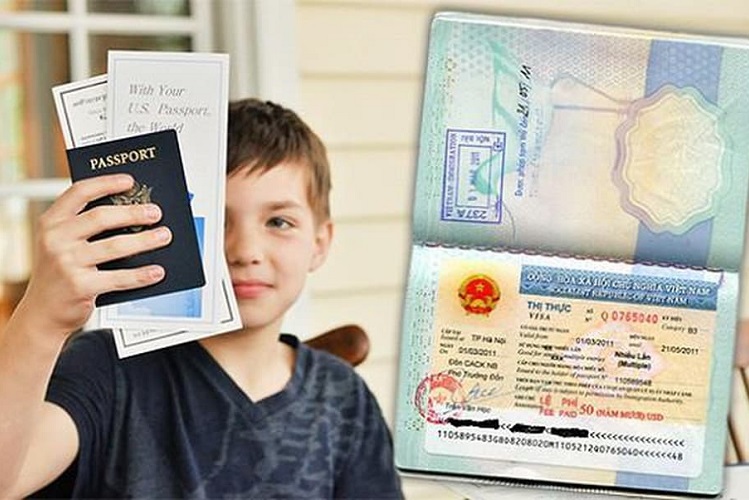INTERNATIONAL TRADE NEGOTIATION: SOME METHODS AND TYPES
In the context of deep economic integration, Vietnam is participating more in international trade transactions with active and complex buying and selling, exchange of goods and services. Therefore, for businesses participating in the international market, negotiation skills are indispensable if they want to survive and develop. Let’s learn more about the technique of international trade negotiation with SigLaw.
Overview of International Trade Negotiation
In international trade, negotiation is not only for signing sales contracts but also for resolving disputes that arise during contract execution. Therefore, the concept of international trade negotiation can be understood as follows: “International trade negotiation is the process of exchange and agreement between entities with business headquarters in different countries by meeting in person or through communication channels to reconcile differences and conflicting interests to reach a common agreement.”
Types of International Trade Negotiation
Based on the business entities, international trade negotiation is divided into:
- Import and export of goods
- Import and export of services
- Investment
- Purchase and sale of copyright, trademarks, patents, etc.
Based on the number of parties involved, international trade negotiation is divided into 2 types:
- Bilateral negotiation
- Multilateral negotiation
Based on business operations, international trade negotiation is divided into:
- Negotiation for import
- Negotiation for export
- Negotiation for processing
- Negotiation for re-export
- Negotiation for exchange of goods
Based on the timing of the negotiation, international trade negotiation is divided into:
- Multiple negotiations
- One-time negotiation
Based on the content of the negotiation, international trade negotiation is divided into:
- Negotiation for product names
- Negotiation for quantity
- Negotiation for quality
- Negotiation for price, payment
- Negotiation for delivery
Based on the scope of the agreement, international trade negotiation is divided into:
- Package negotiation
- Partial negotiation
- Factors Affecting International Trade Negotiation
Objective factors:
The objectives of the parties: This is what the parties hope to achieve in the final stage of international trade negotiations, including general objectives, conflicting objectives, and complementary objectives. For example, both parties have a common goal of achieving a successful transaction, while their interests may conflict because the profit of one party may be the cost for the other. In terms of complementary objectives, the buyer in an international trade deal may want to obtain suitable technology for infrastructure construction, while the seller is interested in penetrating a specific market and expects to do business in the future in that market and neighboring countries. Common objectives and complementary objectives have a direct and positive impact on the negotiation process, while conflicting objectives have a negative impact. The chances of success for an agreement will decrease when conflicting objectives dominate the relationship between the parties, and conversely, the success rate will increase when common and complementary objectives dominate. - International Trade Negotiation Environment: The environment includes political, social, cultural, and social infrastructure factors that are relevant to both parties. In international trade negotiations, differences in cultural environment between parties can hinder the negotiation process. For example, the diversity of languages and communication styles in the negotiation process of each country can create barriers to understanding and conveying information. The official language of international trade negotiations is usually English, but differences in the ability to use and understand English can affect the negotiation process. In addition, differences in communication style and argumentation can also create difficulties in achieving understanding and agreement.
Subjective factors:
Negotiators influence the negotiation process through their experience and negotiation skills.
- Knowledge and skills: International trade negotiation requires special knowledge and skills. Negotiators need to understand the field of international trade, the rules and rights of the parties involved, as well as the negotiation process and power. Deep knowledge of the history, culture, and politics of their own country and partner is also an advantage.
- Communication skills: Effective communication is an important factor in negotiation. Negotiators need to have the ability to listen, express their opinions clearly, and clearly express their intentions. Communication skills, both verbal and non-verbal (gestures, expressions, tone), also play an important role in conveying messages and establishing relationships.
- Negotiation and persuasion skills: International trade negotiators need to have negotiation and persuasion skills to achieve their goals. This includes the ability to propose and negotiate terms and talking points, while creating logical arguments and strong positions to persuade their partners
- Emotional control: Negotiation is often tense and can lead to conflicts. Negotiators need to control their emotions and know how to handle conflicts skillfully and respectfully. Patience and flexibility in approach are also important factors in resolving conflicts and achieving agreement.
International Negotiation Methods
Direct Negotiation:
This is a form of negotiation where parties meet face-to-face to exchange and agree on the terms of purchase and to resolve any remaining disputes.
Advantages: This form of negotiation helps parties to easily and directly understand each other’s attitudes, psychology, and responses, allowing them to adjust the negotiation pace and process accordingly and to find a common agreement.
Disadvantages: This form of negotiation requires specific time and space, as well as careful preparation for reception, communication, and other related activities.
Negotiation by Letter:
This is a form of international negotiation where parties reach agreements through exchanging commercial letters.
Advantages: This form of negotiation helps to save costs, provides time for preparation and expressing opinions, and can conceal true attitudes and emotions when necessary.
Disadvantages: Negotiation by letter does not quickly lead to a common result due to the delay in preparation and response time.
Negotiation by Phone:
This is a form of negotiation where parties exchange agreement information through phone calls.
Advantages: This form of negotiation quickly captures feedback information and can quickly reach a common agreement.
Disadvantages: In some countries, including Vietnam, the cost of this form of negotiation is still relatively high due to high international calling rates. In addition, this form of negotiation requires negotiators to have good language skills in listening, speaking, and processing information, as well as the ability to respond quickly.
The process of international trade negotiation
The process of international trade negotiation is divided into 3 stages:
- Informal meeting: includes a small group of representatives, these meetings are usually social in nature and require many questions to get to know the partner. The group of participants in this stage will continue to discuss and resolve issues throughout the international trade negotiation process.
- Formal meeting: includes selected international trade negotiators, who will clearly express their agreement or disagreement on the issues raised between the parties. However, this is still not the stage where agreements between the two parties are officially confirmed.
- Final stage: reviewing the issues raised in stage 2, in a more intimate atmosphere. In this stage, the real commitments in the contract will be officially confirmed by both parties in writing. It is important to present the issues in a concise, sincere, and open manner. Collect information about the partner’s requirements. Note that not all participants are experts, so when presenting, it should not go too deep into scientific issues.
____________________________________________________
To receive comprehensive free consultation, please contact:
Phone: (+84) 961 366 238
Email:
- vphn@siglaw.com.vn
- vphcm@siglaw.com.vn
Headquarters: No.44/A32-NV13, Gleximco A, Le Trong Tan Street, Tay Mo Ward, Ha Noi.
Southern branch: No.103 – 105 Nguyen Dinh Chieu Str., Xuan Hoa Ward, Ho Chi Minh.
Central branch: 177 Trung Nu Vuong, Hai Chau District, Da Nang City
Facebook: https://www.facebook.com/hangluatSiglaw









